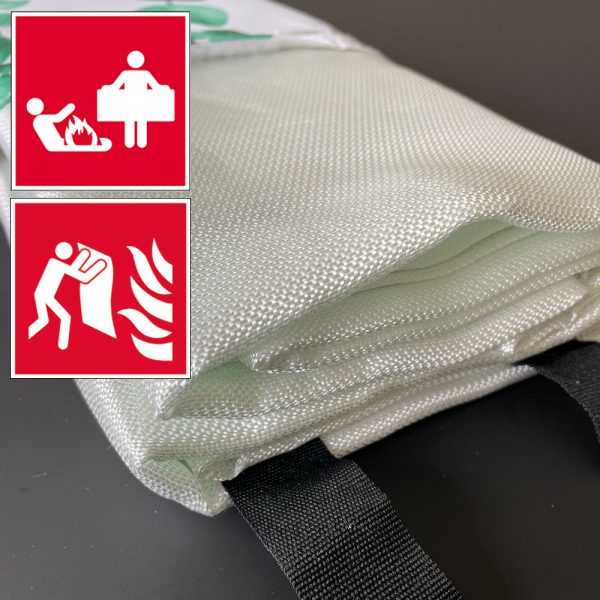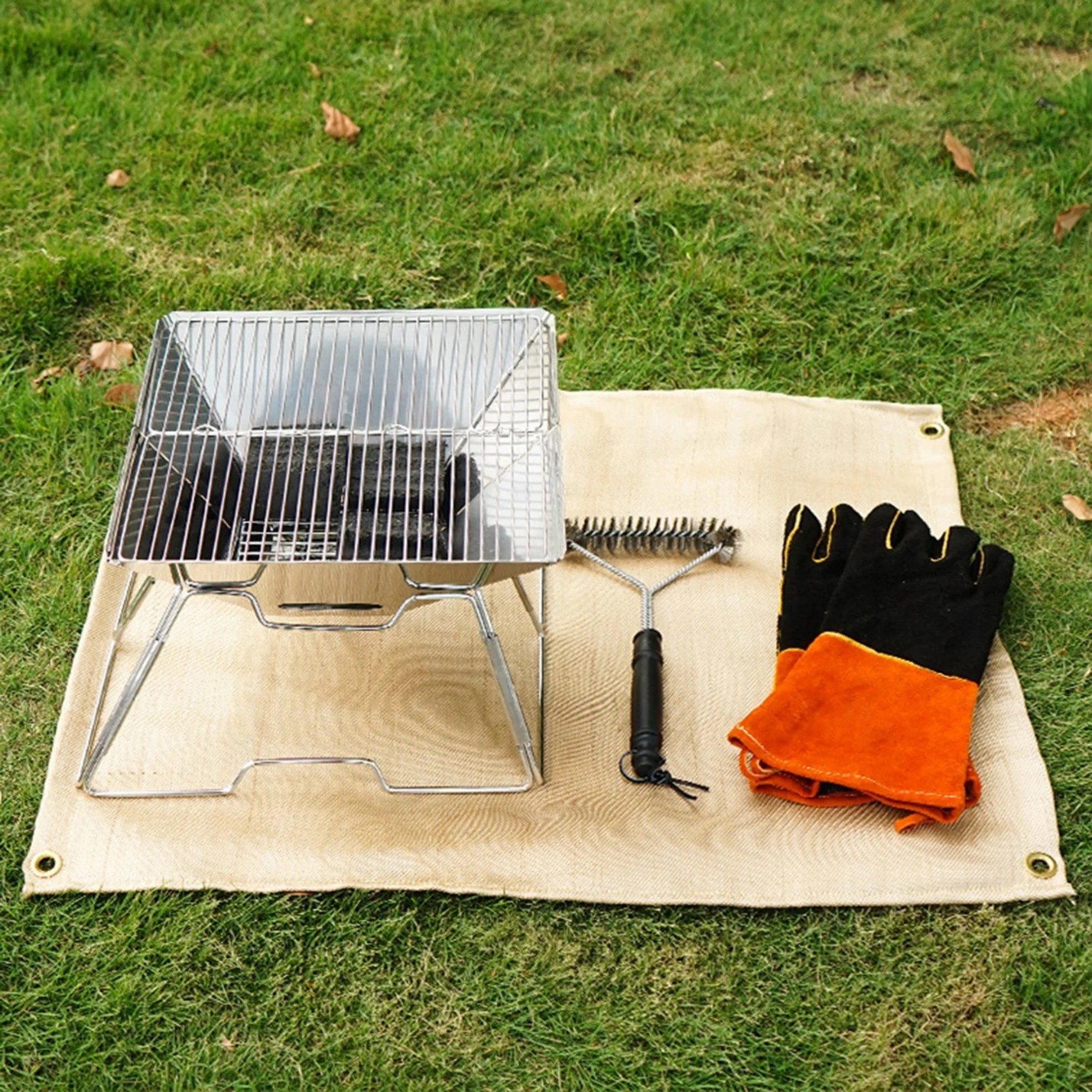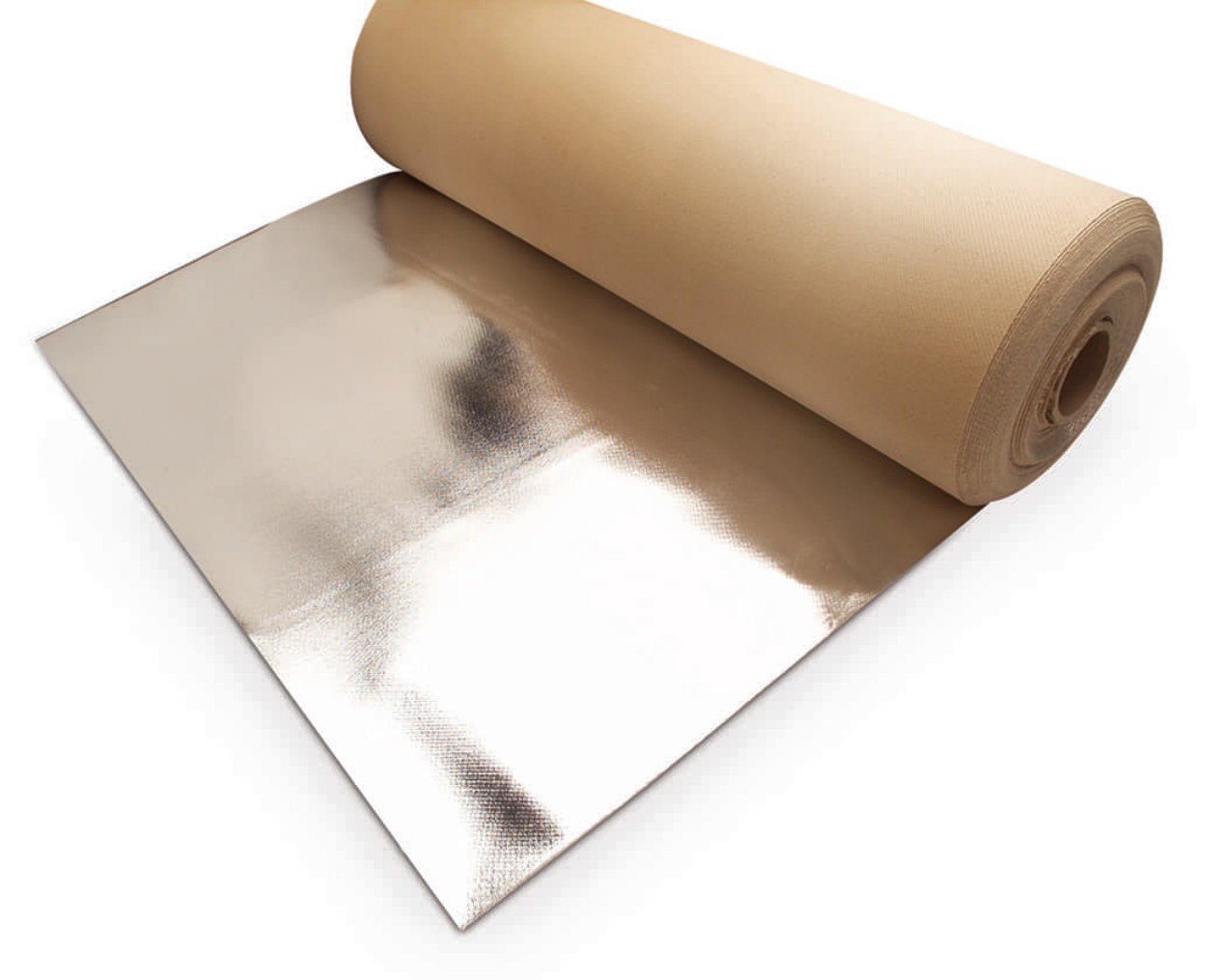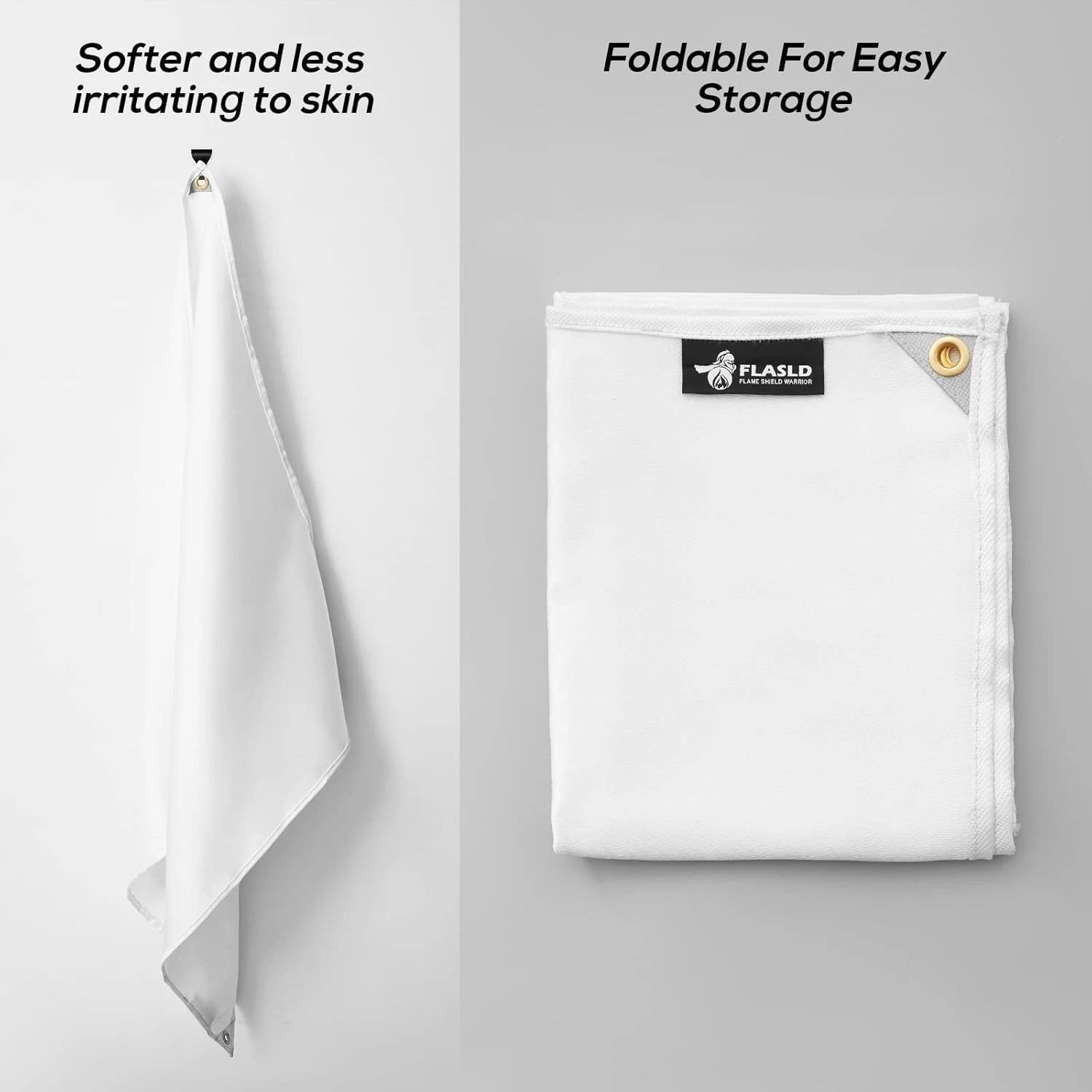Insulating Fire Blanket Guide: Safety, Uses & Selection Tips
Summary:This guide explains how insulating fire blankets work, their key benefits over other fire suppression methods, proper usage techniques, and how to choose the right one for your needs.
What Is an Insulating Fire Blanket?
An insulating fire blanket is a safety device designed to smother small fires by cutting off oxygen supply. Made from fire-resistant materials like fiberglass or wool treated with flame-retardant chemicals, these blankets create a protective barrier against heat and flames.
Unlike regular blankets, insulating fire blankets can withstand temperatures up to 900°F (482°C) without burning. They're lightweight, easy to store, and require no maintenance - making them ideal for homes, kitchens, workshops, and laboratories.
Key Advantages Over Other Fire Extinguishers
Insulating fire blankets offer several unique benefits:
- No chemical residue:Unlike fire extinguishers, they leave no messy powder or foam
- Reusable:Many models can be reused after proper inspection
- Safe for electrical fires:Non-conductive materials make them perfect for electrical equipment fires
- Easy to use:No special training required - just pull and cover
- Compact storage:Takes up minimal space compared to fire extinguishers
When to Use an Insulating Fire Blanket
Your insulating fire blanket works best on:
- Small cooking oil fires (common in kitchens)
- Clothing fires (wrap the blanket around the person)
- Small electrical fires (when power is turned off)
- Trash can fires
- Laboratory bench fires
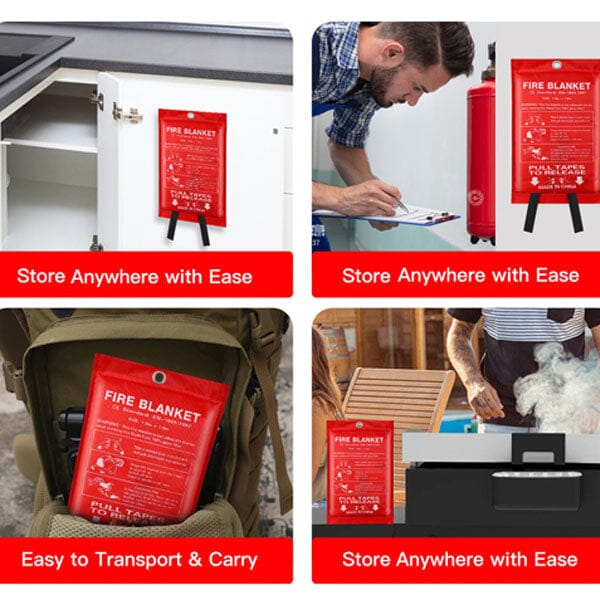
Important:Never use on large fires, gas fires, or when flames are higher than the blanket size. For these situations, evacuate immediately and call emergency services.
How to Use Your Insulating Fire Blanket Properly
- Pull the tabs to release the blanket from its container
- Hold the blanket by the corners with your hands protected behind it
- Approach the fire slowly from upwind if possible
- Place the blanket gently over the flames - don't throw it
- Leave the blanket in place for at least 15 minutes to ensure the fire is out
- Don't peek or remove the blanket prematurely
Choosing the Right Insulating Fire Blanket
Consider these factors when selecting your blanket:
| Feature | What to Look For |
|---|---|
| Size | Minimum 3ft x 3ft for home use; larger for workshops |
| Material | Fiberglass with fire-retardant coating is most common |
| Certification | Look for UL, CE, or EN1869 standards |
| Storage | Quick-release container for easy access |
| Temperature Rating | At least 500°F (260°C) for basic models |
Maintenance and Care
To keep your insulating fire blanket ready for emergencies:
- Store in its original container in an easily accessible location
- Check monthly for damage or moisture
- Replace if the blanket shows any tears, holes, or discoloration
- Follow manufacturer's replacement guidelines (typically every 5-7 years)
- Never wash the blanket - this removes fire-retardant treatments
Common Myths About Insulating Fire Blankets
Myth 1:"They're only for kitchen fires."Fact:While great for grease fires, they're versatile for many small fire types.
Myth 2:"They're difficult to use in panic situations."Fact:Their simple design makes them easier to use than fire extinguishers when you're stressed.
Myth 3:"One size fits all needs."Fact:Different environments require different sizes and material types.
Where to Install Your Insulating Fire Blanket
Strategic placement increases effectiveness:
- Kitchen:Within reach but away from the stove (3-10 feet)
- Workshop:Near exit doors and flammable material storage
- Garage:Accessible from multiple angles
- RV/boat:In the galley and near engine compartments
Mount the container at shoulder height for easy access and mark its location clearly.
Final Safety Tips
Remember these key points about your insulating fire blanket:
- Practice removing it from the container before an emergency
- Teach all household members how to use it
- Have an evacuation plan - blankets are for small, contained fires only
- Consider keeping multiple blankets in different locations
- Always call emergency services after using the blanket, even if the fire appears out


